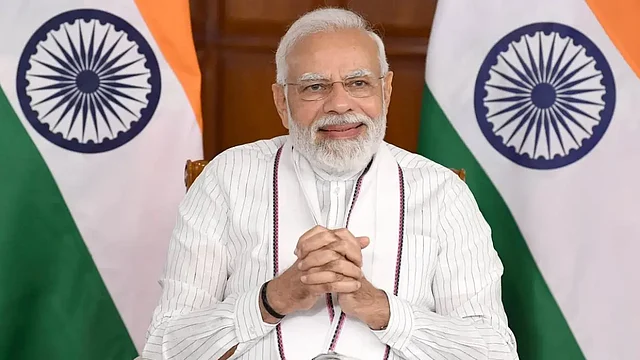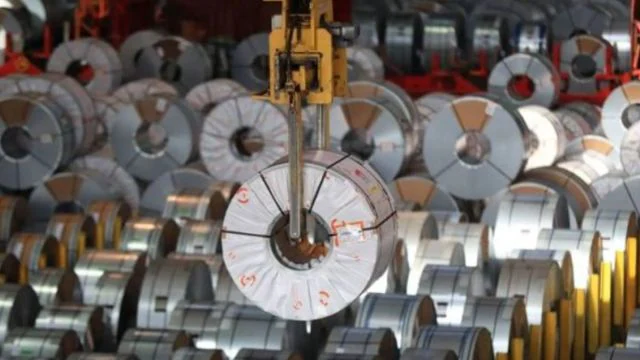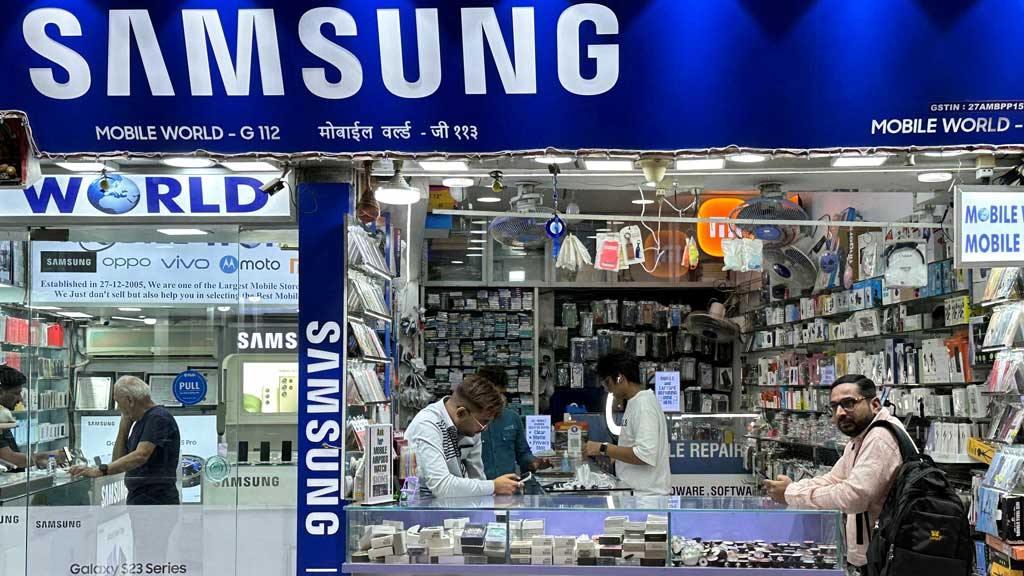India must shift away from its dependence on raw material exports and focus on further expanding its manufacturing sector to accelerate economic growth, said Prime Minister Narendra Modi while addressing at the Utkarsh Odisha conclave. He noted the significant strides the country has made in bolstering its manufacturing base over the last decade.
“In the last one decade, India’s strength in manufacturing has been recognized. There are two big pillars for the expansion of Indian economy. One of them is our innovative service sector and second is India’s quality products. The rapid (economic) progress of the country is not possible by just relying on export of raw materials. That’s why, we are changing the entire ecosystem,” said the Prime Minister.
India’s manufacturing sector currently contributes 17% to the nation’s GDP, employing over 27.3 million people. However, the government had initially set an ambitious target for the sector to account for 25% of GDP by 2025.
India’s economic growth can’t rely only on raw materials export: Narendra Modi
India must shift away from its dependence on raw material exports and focus on further expanding its manufacturing sector to accelerate economic growth, said Prime Minister Narendra Modi while addressing at the Utkarsh Odisha conclave. He noted the significant strides the country has made in bolstering its manufacturing base over the last decade.
“In the last one decade, India’s strength in manufacturing has been recognized. There are two big pillars for the expansion of Indian economy. One of them is our innovative service sector and second is India’s quality products. The rapid (economic) progress of the country is not possible by just relying on export of raw materials. That’s why, we are changing the entire ecosystem,” said the Prime Minister.
India’s manufacturing sector currently contributes 17% to the nation’s GDP, employing over 27.3 million people. However, the government had initially set an ambitious target for the sector to account for 25% of GDP by 2025.
In a bid to stimulate growth, the government has introduced a range of policies, including the Goods and Services Tax (GST), the Insolvency and Bankruptcy Code (IBC), asset monetisation, labour law reforms, the Production Linked Incentive (PLI) scheme, the National Infrastructure Pipeline, and the Gati Shakti mission to enhance multimodal connectivity. These initiatives are designed to address structural challenges that may impede the sector’s expansion.
RThis Is The Right Time to Invest in Odisha, says Prime Minister Narendra Modi
Despite these efforts, the manufacturing sector’s contribution to GDP has lagged expectations. By 2023, its share of GDP had fallen to approximately 13%, down from 17% in 2010, and remained stagnant compared to the previous year. Other Asian economies like South Korea, Japan, China, and Vietnam have witnessed a high contribution of manufacturing sector to global exports. India, on the other hand, continues to have low share in global manufacturing exports.
Prime Minister Narendra Modi has stressed that the practice of extracting raw materials from India, only for them to be processed overseas and re-imported as finished goods, is “not acceptable to Modi”. He emphasised that the government is committed to rectifying this imbalance by improving infrastructure, fostering a more conducive business environment, and positioning India as a leading destination for investment.
“This is an era of connected infrastructure and multimodal connectivity. The speed at which the specialized infrastructure in India has been scaled up, it is making India a great destination for investments,” said Modi.



